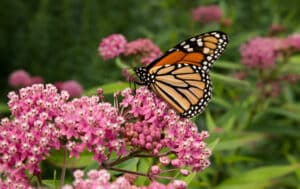
Rose Milkweed: Essential Native Plant for Monarch Butterflies
Rose milkweed is a beautiful native plant that can add color and life to your garden. This perennial flower, also known as Asclepias incarnata, grows
Shipping is temporarily suspended until Monday, July 7th to protect plant health. Click here to learn more.
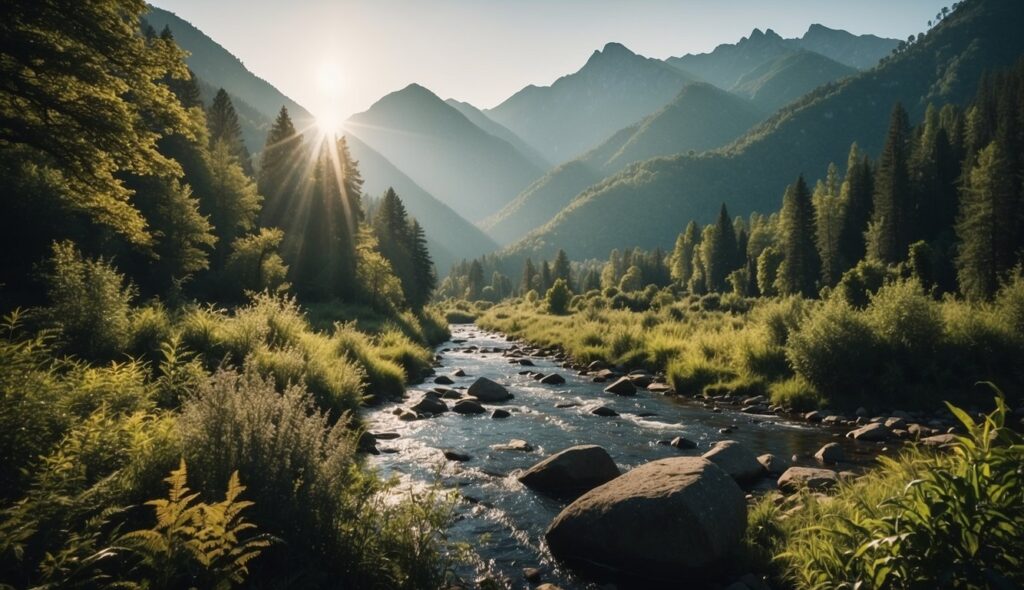
What is a native species? A native species refers to plants and animals that naturally occur in a specific region, thriving without human intervention. These species are integral to the health of their local ecosystems, supporting biodiversity and creating balance.
This is because these species have had countless generations to adapt to their surroundings, forming complex relationships with other organisms and the physical environment. These well-established networks are essential for the flourishing biodiversity that characterizes healthy ecosystems.
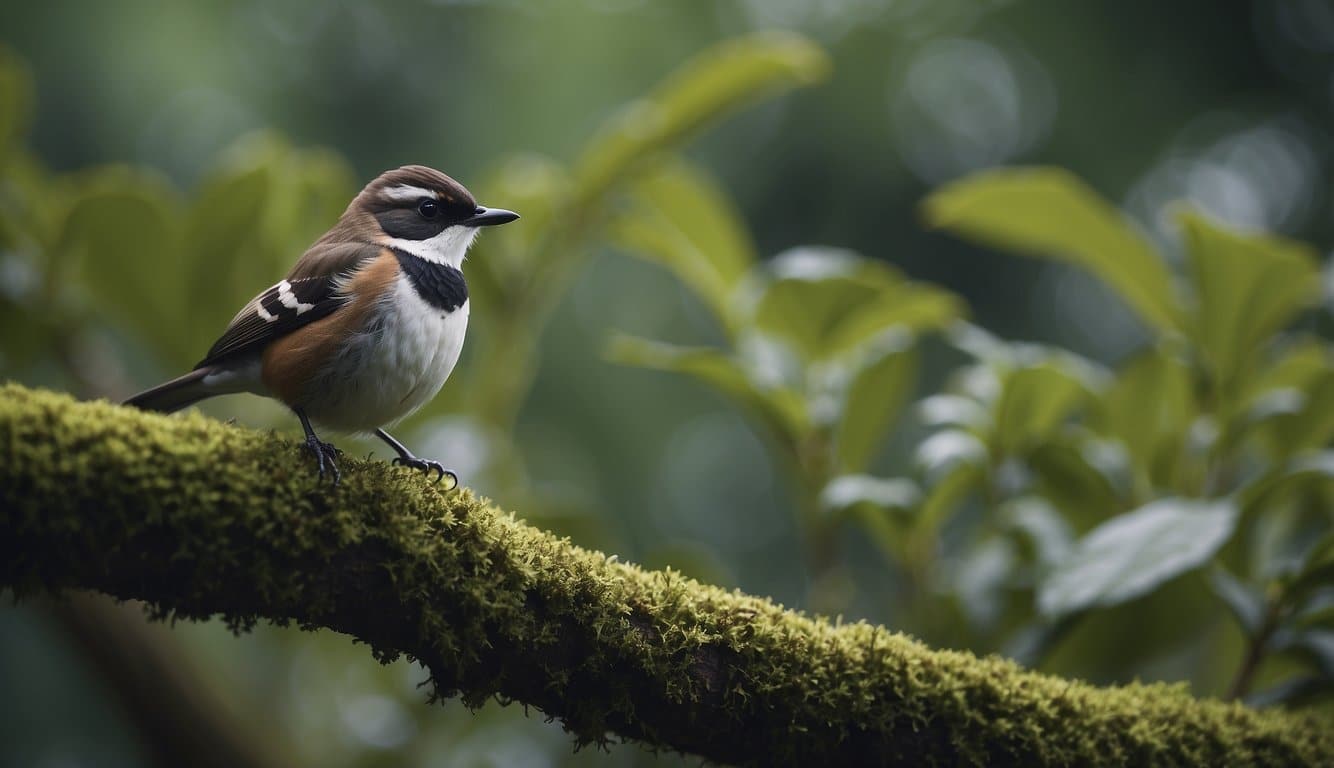
Understanding what constitutes a native species can give you a deeper appreciation of the natural world and the intricate connections that sustain life.
Local forests, streams, and meadows form interconnected communities where each plant and animal plays a vital role.
Native species are like the original residents of an area, contributing to the region’s identity and resilience.
Your actions and the choices you make can significantly impact these native species and their habitats.
Managing your local environment with an awareness of native species promotes ecological stability and diversity.
This can lead to a richer, more vibrant array of life in your region, ultimately supporting the overall health and sustainability of the planet.
Recognizing and valuing native species is thus a fundamental step toward effective conservation and responsible stewardship of natural resources.
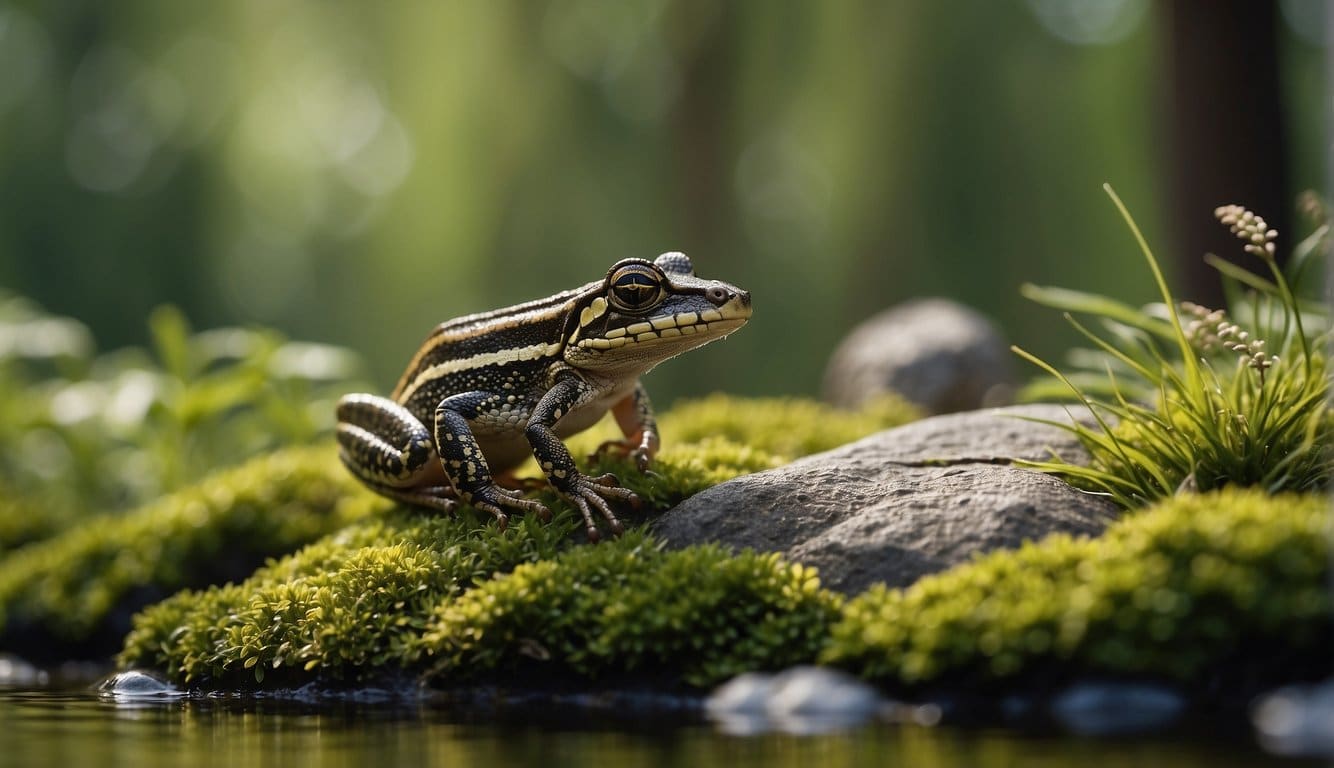
When you consider the diversity of life on Earth, native species are those that have evolved or occurred naturally in a particular region, without human interference. They are integral to the local ecosystem’s balance.
The origins of a native species can be traced back to its biogeographical roots. This term refers to the distribution of species and ecosystems in geographic space and through geological time.
A species is native to a region if it has formed its primary evolutionary history there or has arrived and become established there without human involvement.
Biogeography plays a crucial role in determining native status as it considers:
Understanding these factors helps you pinpoint why certain species are native to specific areas.
Indigenous species are those that are native to several regions or are widespread across non-adjacent areas. They are not restricted to a particular place but naturally occur in various locations.
For example, the brown bear is indigenous to North America and Eurasia.
In contrast, endemic species are a subset of indigenous species that are found exclusively in one geographic location and nowhere else.
This exclusivity can be defined as:
An example of an endemic species is the Galápagos giant tortoise, which is native only to the Galápagos Islands.
The distinction between endemic and indigenous species is critical for conservation efforts and ecological studies within your biogeographical research.
Native species are crucial to the integrity of local ecosystems, providing essential services, conserving biodiversity, and supporting a wealth of fauna.
To explore a comprehensive list of native plants specific to your area, check out the USDA Plants Database, a valuable resource for identifying regional flora.
Native species face several significant threats that can impact their survival. You will learn specifically about the challenges posed by invasive species, habitat loss and fragmentation, and the effects of climate change.
Invasive species are organisms introduced to a new habitat where they do not naturally occur. These species can outcompete, prey upon, or bring diseases to native species, leading to declines or even extinctions.
Learn more about how conservation efforts protect native species by visiting the National Wildlife Federation’s guide.
Habitat loss and fragmentation are major threats to the survival of native species.
Development:
Agriculture:
Climate change poses a significant challenge to native species by altering the conditions of their natural habitats.
Note: While erosion is an environmental issue that can directly and indirectly affect native species, especially through habitat degradation, it is not as directly attributed to human impact and climate change as the above-mentioned factors and thus has not been detailed in a separate subsection.
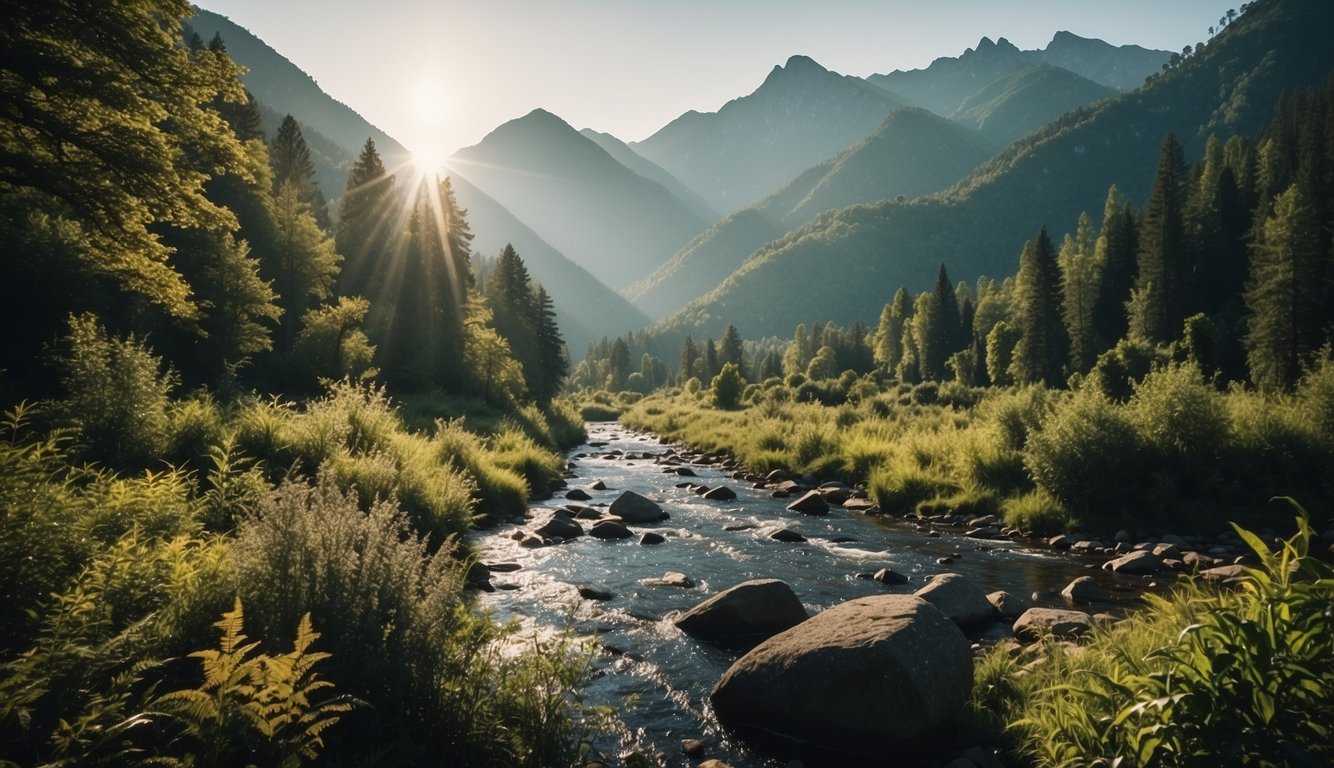
Native species vary greatly across different regions, each adapted to their local environments. You’ll discover how native species in the United States diversify across its vast landscape and how regional differences lead to unique species endemic to specific areas.
The United States is home to a wealth of native flora and fauna shaped by the country’s diverse climates and geography.
In the humid southeastern swamps, you’ll find the American alligator, while the towering redwoods dominate the fog-laced coasts of northern California.
The variety of ecosystems from tropical to tundra hosts species perfectly adapted to their surroundings, demonstrating a rich tapestry of life across the states.
Each region in the United States boasts species that are found nowhere else on earth—this is known as endemism.
The Hawaiian Islands, for example, support an extraordinary number of endemic species due to their isolation, like the Hawaiian honeycreepers. In the Appalachian region, the hellbender salamander represents a unique part of the area’s aquatic life.
These endemic species emphasize the importance of regional conservation efforts to protect the unique biodiversity that you can encounter in the United States.
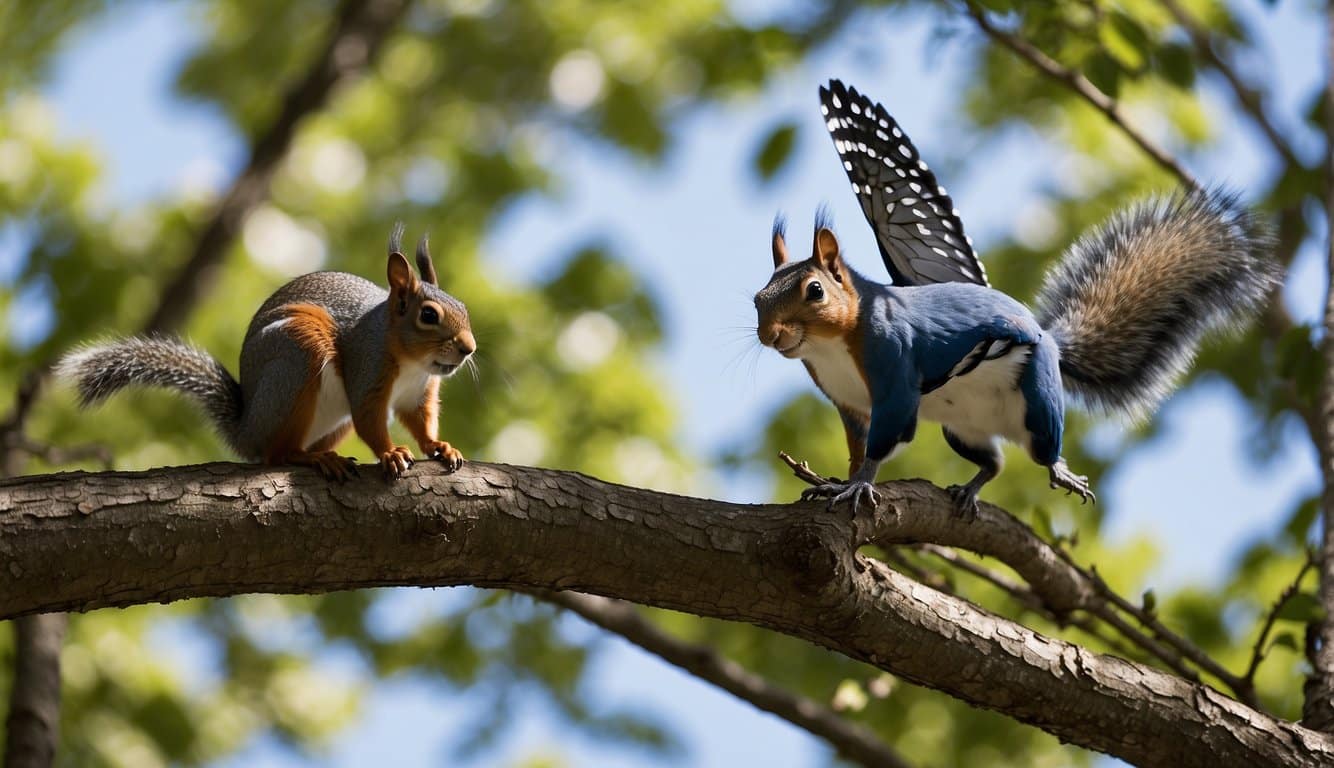
Native species play a crucial role in the ecosystem where you live, and your interaction with them can encourage their prosperity or decline.
The impact of human intervention is significant, and understanding your role can help balance ecological and development needs.
Agriculture:
Landscaping:
Effective management of non-native and invasive species requires a two-pronged approach: preventing biological invasions before they occur and implementing intervention strategies to control these species when prevention fails.
To prevent non-native species from becoming invasive, you need to be proactive.
Should prevention methods not suffice and an invasive species establish itself, you must take swift action:
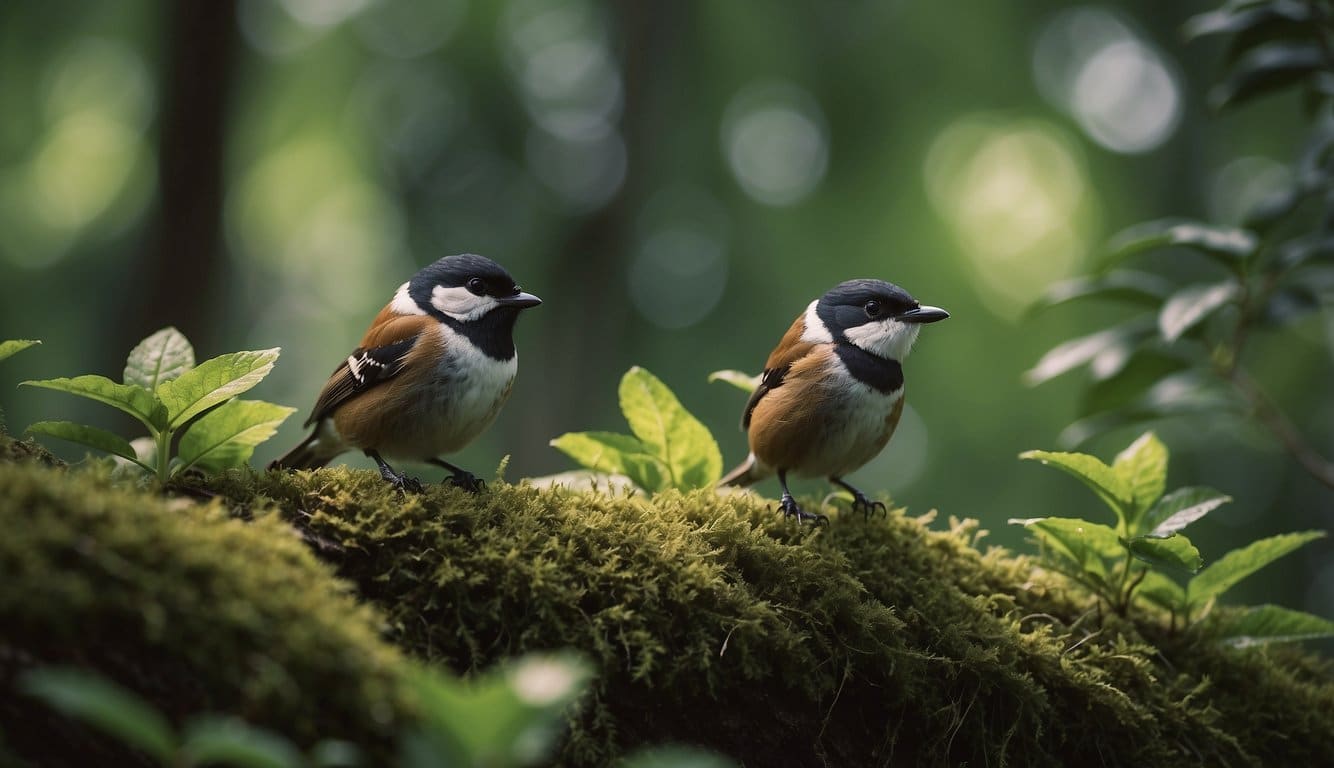
By examining specific examples, you gain insights into how native species like beavers and elk play crucial roles in their ecosystems and how their populations affect and reflect the health of these environments.
Beavers (Castor canadensis) are known as ecosystem engineers. Your understanding of river ecosystems is incomplete without considering the influence of this native species.
By altering water flow, beavers change the landscape, often leading to an increase in plant diversity. This boosts the overall health of the river ecosystem, offering benefits not just to the beavers themselves, but to countless other native species.
Elk (Cervus canadensis), a native species to North America, once faced dramatic declines due to overhunting and habitat loss. Efforts to manage and restore elk populations have led to successful conservation stories.
As large herbivores, elk influence the vegetation structure of their habitats. Their foraging habits can shape the composition of plant communities, thus affecting other species within the ecosystem. Healthy elk populations contribute to the maintenance of biodiversity and the functioning of various ecosystems, from forests to grasslands.
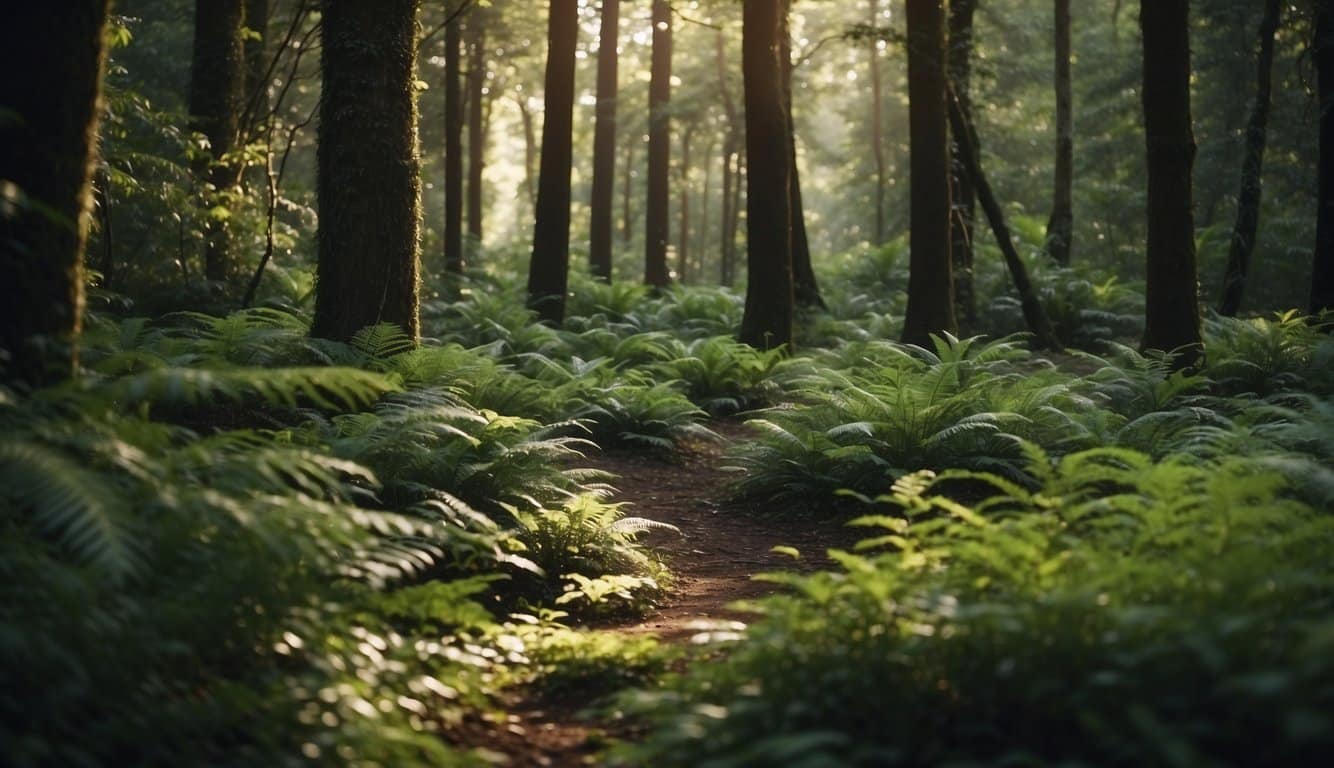
Understanding the future outlook for native species necessitates recognizing the influences of both scientific research and community efforts.
Scientific research is pivotal in shaping the future of native species. Scientists are continuously developing methods to better understand the complex ecosystems to which native species belong.
You now have access to advanced technologies like genetic mapping and satellite tracking, which allow for more accurate monitoring and assessment of species populations.
For instance, a recent study using DNA barcoding revealed previously unrecognized biodiversity within a native beetle species, indicating that what you protect is sometimes broader than what you initially see.
Conservation strategies often stem from these scientific insights, directly affecting the ability to tailor protection efforts to the needs of specific species.
Your community plays a significant role in the stewardship of native species.
Grassroots movements and local conservation initiatives are essential. They advocate for habitat protection and foster a culture of respect for the natural world.
An example is the Citizen Science programs, which empower you to actively participate in data collection and observation activities that aid scientists in their research.
By partaking in community-led habitat restoration projects or policy advocacy, you contribute to creating a positive future for native species.
Remember, the ongoing support for native species preservation relies heavily on a well-informed and proactive community, highlighting the interdependence between scientific endeavors and public participation.

Rose milkweed is a beautiful native plant that can add color and life to your garden. This perennial flower, also known as Asclepias incarnata, grows
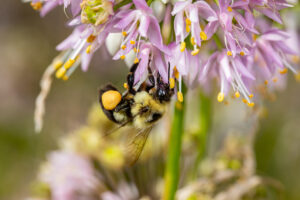
Nodding onion plant is a charming native plant found across North America. Its drooping pink or white flower clusters add a whimsical touch to gardens
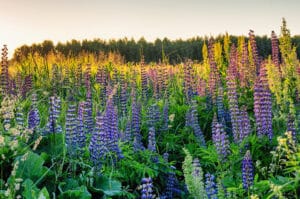
Lupinus perennis, known as wild lupine, is a stunning native wildflower of eastern North America. This perennial plant adds a splash of color to meadows
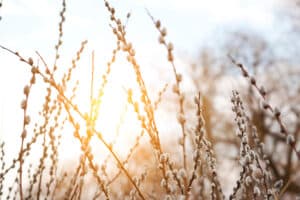
Pussy willows are a beloved sign of spring’s arrival. These fuzzy catkins appear on willow shrubs before their leaves emerge. Their soft, silvery buds resemble
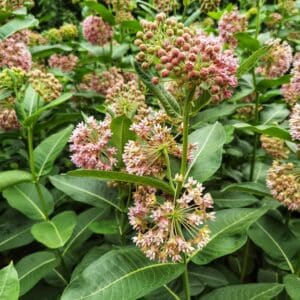
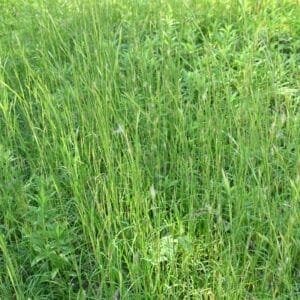
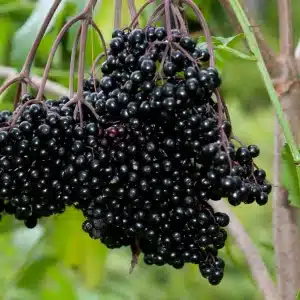
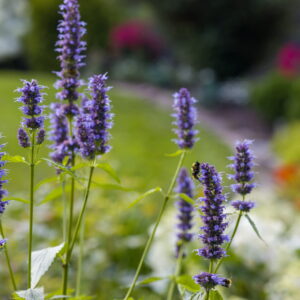
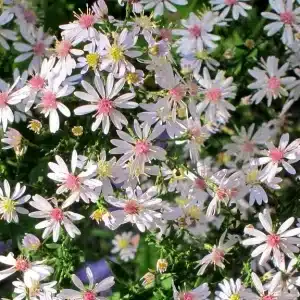
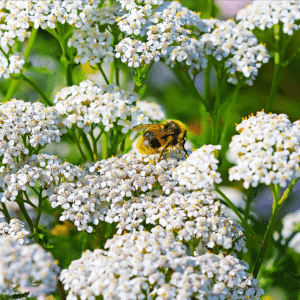
BUYING HIGH QUALITY PLANTS HAS NEVER BEEN EASIER
Our plants are easy to order, plant, and enjoy! Bringing pollinators to your property improves vegetable yields – Feed the bees!
Sign up for our email list!
Copyright © 2025 Bumbee’s | Web design and SEO by Searles Graphics
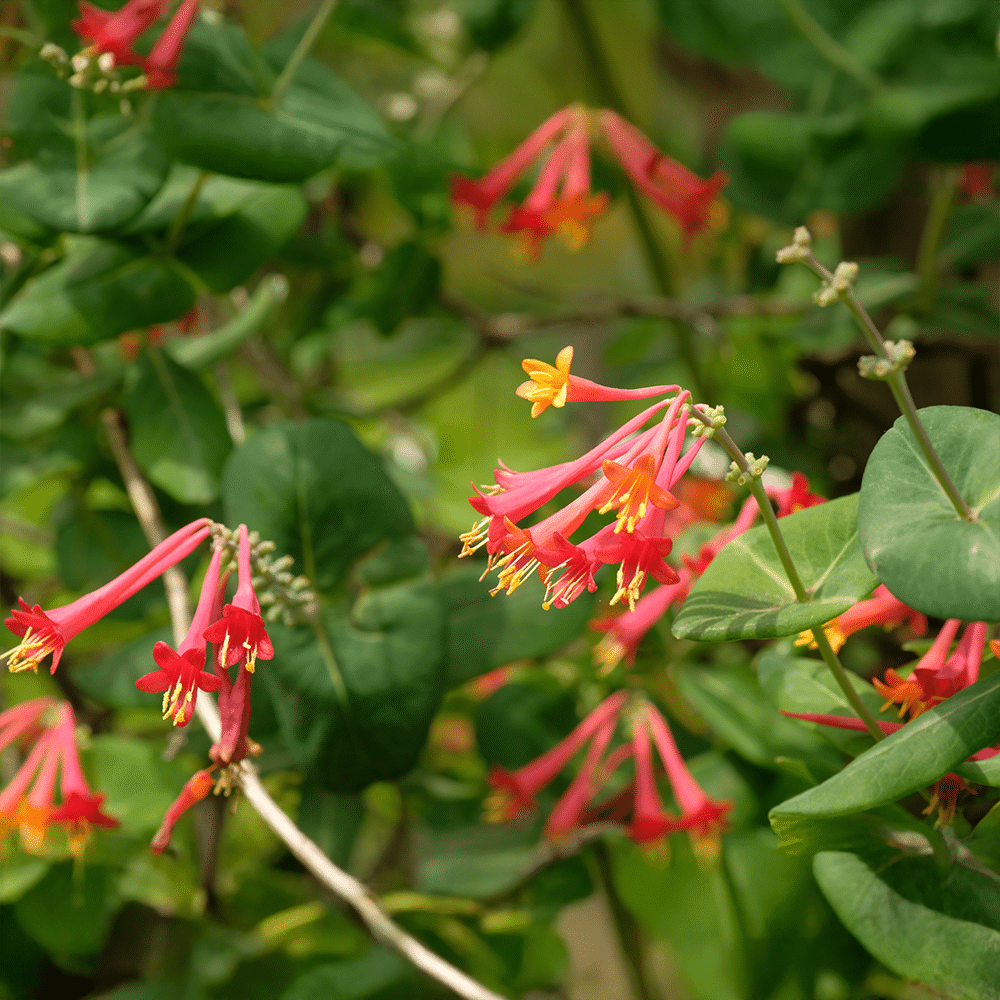
We truly hate to pause things, but with the extreme heat and the holiday weekend, we’ve had to suspend all shipping until Monday, July 7th.
Right now, it’s just too hot for the plants to survive more than 48 hours in a shipping box, and we’d never want to send them out in conditions that could harm them.
We’re really sorry for the delay and any inconvenience this may cause. Thank you for your patience and for caring as much about these plants as we do.